def __init__(self):
super().__init__()
self.conv = nn.Sequential(
nn.Conv2d(32, 64, kernel_size=5, stride=2),
nn.BatchNorm2d(64),
nn.ReLU(),
nn.Conv2d(64, 64, kernel_size=3, stride=2),
nn.BatchNorm2d(64),
nn.ReLU(),
nn.Conv2d(64, 64, kernel_size=3, stride=2),
nn.BatchNorm2d(64),
nn.ReLU(),
nn.Conv2d(64, 64, kernel_size=3, stride=2),
nn.BatchNorm2d(64),
nn.ReLU(),
nn.Conv2d(64, 64, kernel_size=3, stride=2),
nn.BatchNorm2d(64),
nn.AvgPool2d()
)
conv_out_size = self._get_conv_out((32, 110, 110))
self.fc = nn.Sequential(
nn.Linear(conv_out_size, 1),
nn.Sigmoid(),
)
I have this model where everything to my eyes is fine. However, It says that I have to remove bias from the convolution if the convolution is followed by a normalization layer, because it already contains a parameter for the bias. Can you explain why and how I can do that?
